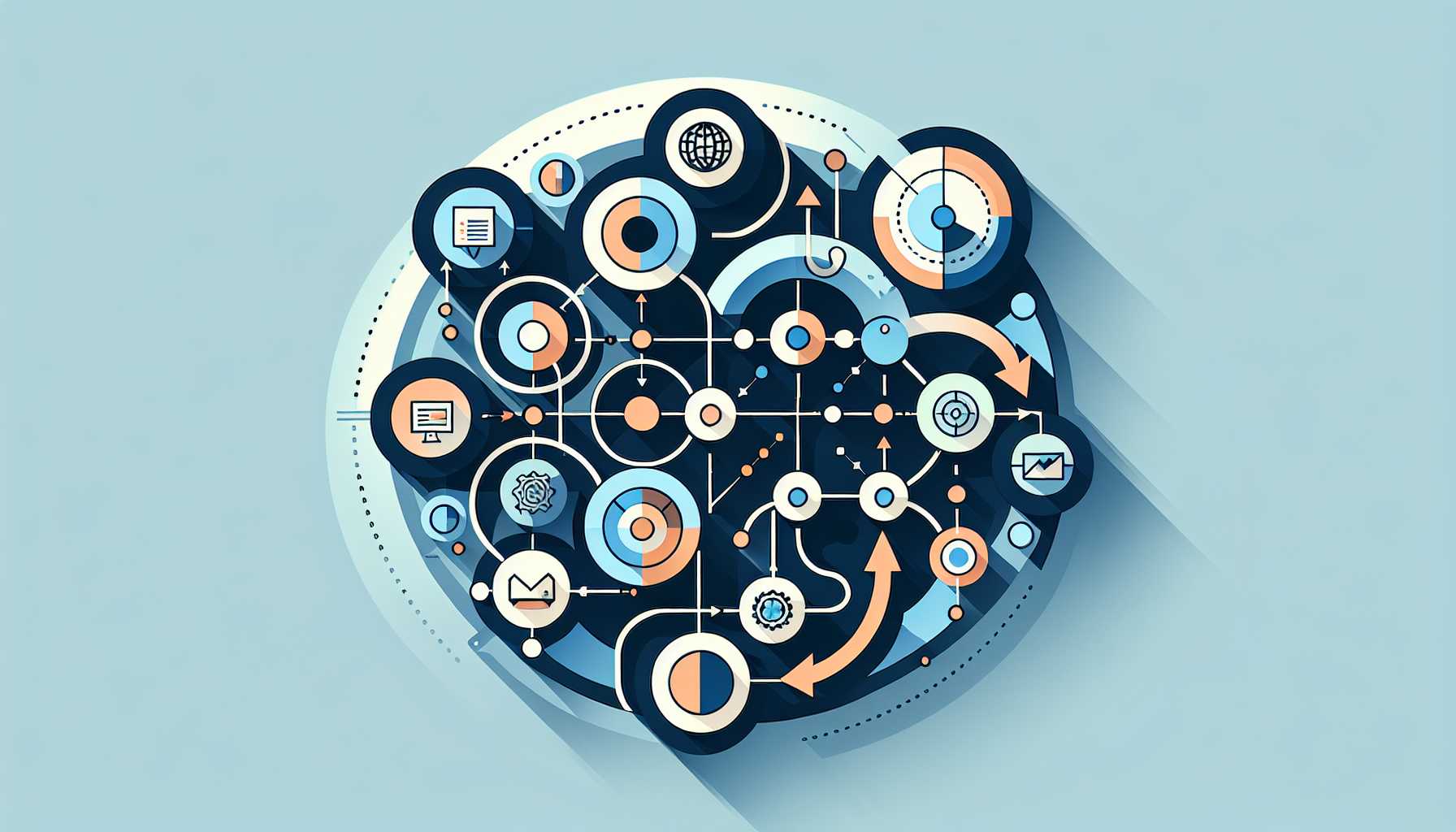Fostering a Culture of Continuous Learning and Adaptation in Your Product Team
In the fast-paced world of technology, staying ahead of the curve is not just an advantage—it’s a necessity. This article delves into how you can foster a culture of continuous learning and adaptation within your product team. I’ll reflect on my experiences leading teams through technological transformation and share tangible strategies that drive a learning-adaptive culture.
The Imperative of Continuous Learning
The tech industry never sleeps. New frameworks, languages, tools, and platforms emerge rapidly. Teams that don’t prioritize continuous learning risk getting left behind as their skills and knowledge become outmoded.
But fostering a learning culture is more than just staying current with technology trends; it’s about cultivating a mindset that embraces change, seeks innovation, and constantly pushes the boundaries of what’s possible.
Building Blocks of a Learning-Adaptive Culture
Over the years, I’ve found that there are building blocks that consistently lay the groundwork for a learning culture within a product team:
- Psychological Safety: For team members to step out of their comfort zones, they need an environment where it’s safe to experiment, ask questions, and sometimes fail.
- Organizational Support: Leaders must provide the necessary resources, which could include time, learning materials, or access to courses and conferences.
- Reward Learning: Systems that recognize and reward learning encourage team members to prioritize skill development.
- Share Knowledge: Regularly scheduled knowledge sharing sessions, like tech talks or workshops, keep learning at the forefront of the team’s activities.
Psychological Safety: Embracing Failure as Progress
Lesson Learned: Celebrate the Attempts
During my tenure at a burgeoning startup, I noticed a trend of reluctance to introduce new technologies. This conservatism stemmed from a fear of failure. We transformed this mindset by celebrating both successful and unsuccessful attempts at innovation. ‘Hero of the Month’ awards were given not just for success, but for innovative solutions and the courage to try something new, regardless of the outcome.
Fostering psychological safety helped my team move from a fixed mindset to a growth mindset. We began to see failures as stepping stones to success, not as dead ends.
Creating Spaces for Safe Experimentation
To promote safe experimentation, we implemented ‘innovation sprints’ where traditional project work paused, and the team focused purely on exploration and learning. During one such sprint, a team member’s prototype paved the way for a significant product feature that became a unique selling proposition. This initiative reinforced the value of learning and adaptation as key drivers for product innovation.
Support and Resources
Investment in Learning Pays Off
I recall advocating for an increased learning and development budget at a critical time when our industry was undergoing rapid technological change. By investing in a blend of online courses, in-person training, and conference attendance, we equipped our team with the knowledge they needed to lead rather than follow industry trends.
This investment didn’t just update our team’s technical skills; it also sent a clear message that the organization was committed to their growth. The return on investment was clear: enhanced skills, higher team morale, and a significant increase in innovative output.
Flexible Learning Pathways
It’s crucial to recognize that everyone learns differently. What worked well for our team was providing a selection of learning modalities: online courses for the self-paced learners, pair programing for the hands-on individuals, and group learning sessions for those who learned best through discussion and collaboration. This flexibility ensured that all team members had the opportunity to learn in a way that suited them best.
Rewarding Learning
Lesson Learned: Recognition Fuels Motivation
Long ago, I learned a valuable lesson about human motivation: recognition can be as powerful as financial incentives. We implemented a simple yet effective ‘learner of the month’ award, coupled with a leaderboard showcasing team members’ learning achievements. This gamification of learning led to a friendly competition that fueled a collective drive to learn and improve.
Moreover, we linked learning to career progression, making it clear that personal development was a path to professional advancement. Team members who devoted time to learning and skill development were often first in line for promotion, which added a tangible incentive to engage in continuous learning.
Knowledge Sharing: The Heart of a Learning Culture
Building a Library of Shared Wisdom
Knowledge sharing is integral to a learning culture. We created an internal wiki—a ‘Library of Shared Wisdom’—where team members could document new learnings, how-tos, and best practices. This resource became a treasure trove of collective intelligence, enabling new team members to ramp up quickly and veterans to cross-train on different disciplines.
One particular instance that stands out is when a junior team member, through shared documents, self-taught a new programming paradigm and ended up leading the team in its implementation, showcasing the truly democratic nature of knowledge within a learning-adaptive culture.
Tech Talks and Innovation Showcases
Regular tech talks and innovation showcases were fixtures on our calendar. In these forums, team members would demo new tools, discuss industry trends, or present post-mortem analyses of recent projects. This practice not only ensured continuous learning but also helped to cement a culture where knowledge and experience were shared assets, not individual possessions.
Conclusion
Fostering a culture of continuous learning and adaptation requires attention to psychological safety, organizational support, recognition, and knowledge sharing. As a product leader, you have the power to create an environment where learning is not just encouraged but celebrated and integrated into the fabric of your team’s ethos.
Till we meet again, may your teams be curious, your products innovative, and your learning journey enriching.

